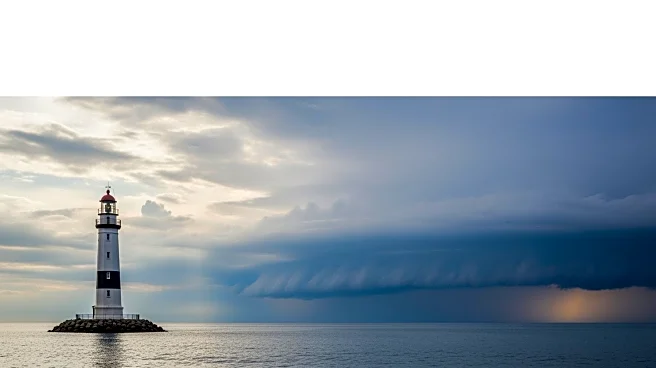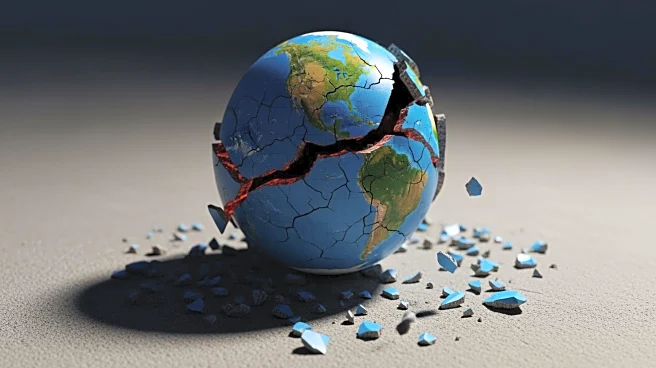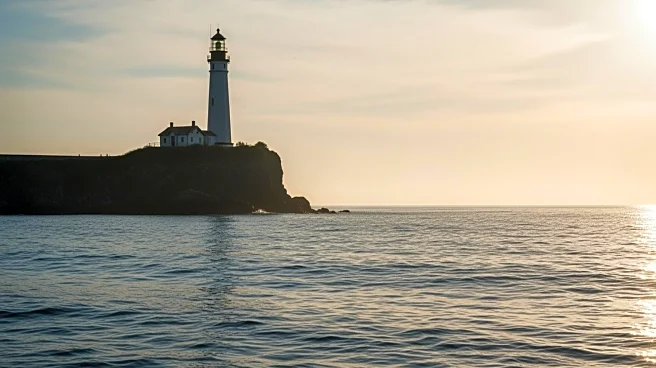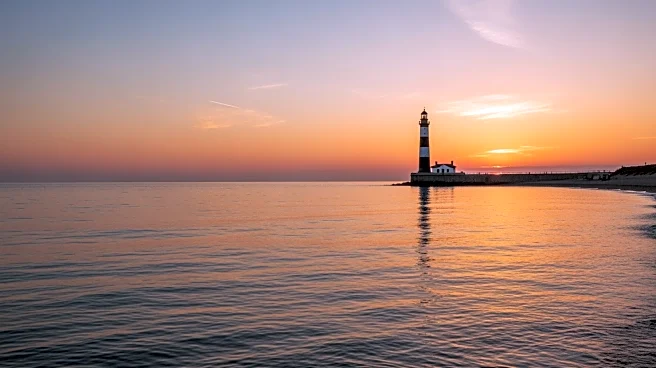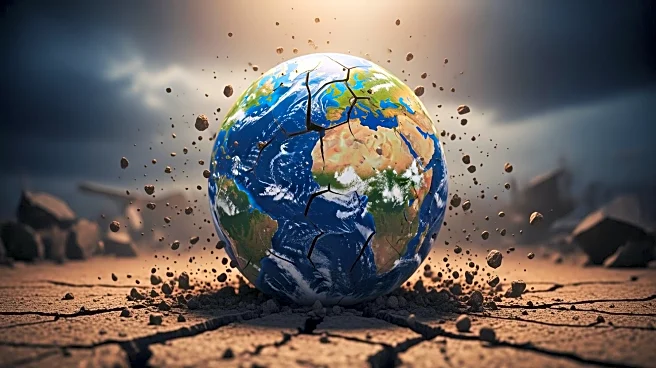What's Happening?
An 8.8-magnitude earthquake struck off the coast of Russia's Kamchatka Peninsula on July 30, 2025, according to the USGS. This seismic event, one of the largest recorded, resulted in a tsunami that reached the Russian coast with waves as high as 13 feet.
Tsunami warnings and advisories were issued for regions including Russia, Japan, Alaska, the U.S. Pacific Coast, and Hawaii. The earthquake's magnitude was initially reported as 8.0 but was later updated to 8.8.
Why It's Important?
The earthquake and subsequent tsunami pose significant risks to coastal communities across the Pacific, potentially affecting millions of people. The event highlights the vulnerability of these regions to natural disasters and the importance of robust early warning systems. Economic impacts could be substantial, particularly in areas reliant on coastal industries. The event also serves as a reminder of the need for international cooperation in disaster response and preparedness.
What's Next?
As the situation develops, authorities in affected regions will likely continue to assess the impact and adjust warnings and advisories accordingly. Evacuations may be necessary in some areas, and there could be a focus on assessing and repairing any damage to infrastructure. The event may also lead to discussions on improving seismic monitoring and tsunami preparedness in vulnerable regions.


